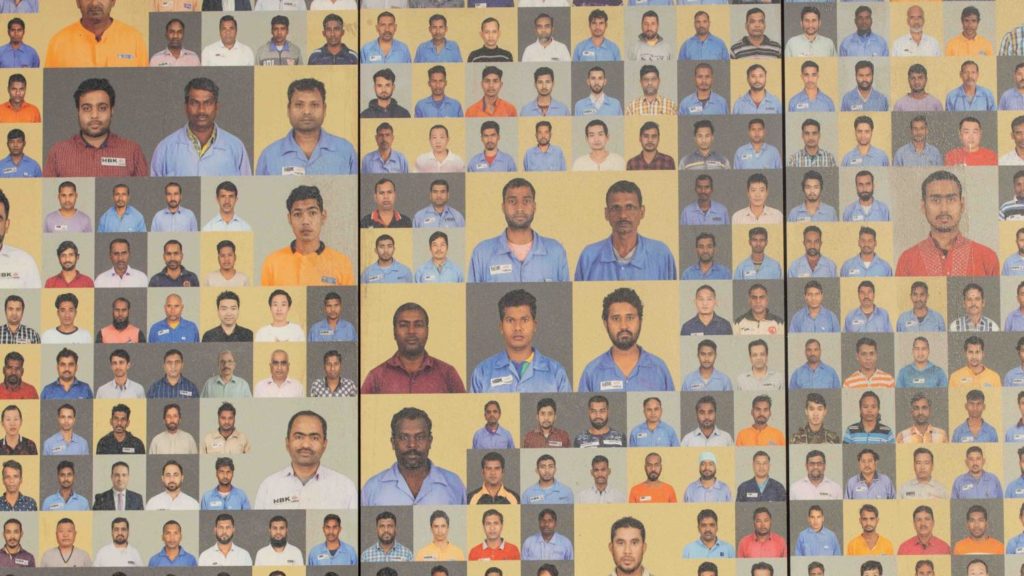After a triumphant victory for Argentina’s soccer team in the 2022 World Cup held in Qatar, the whole world seems to be celebrating a victory not only for Argentina but for Lionel Messi, too. The ones who should especially be celebrating, though, are the migrant workers in Qatar— the “World Cup’s forgotten team”.
The almost $250 billion project to bring the 2022 World Cup to Qatar—the first Arab nation to host the worldwide sporting event. How did it come down to Qatar, though? Money. The project wouldn’t have been completed if it weren’t for the hundreds of thousands of migrant workers who took part in the job and the money poured in to turn Qatar into a sports city destined to hold a sporting event as extraordinary as the World Cup.
In an effort to make Qatar more suitable for hosting the World Cup, the money that was invested in bringing thousands of fans to gather in the stadiums built for the event gave rise to lavish hotels, public transportation, highways and towers extending their cities.
Since its unveiling in 2010 that Qatar would be the host for the 2022 World Cup, from the start, human rights groups and the media didn’t slow their criticism on the safety risks of the event being held in Qatar. The country has posed several security risks, from its high summer temperatures— an issue that was eventually addressed— to the way Qatar has criminalized homosexuality and dehumanized women.
In this case though, it’s the way migrant workers contributing on this extensive project have been treated.
The conditions in which the workers faced while they were tasked with building a stadium capable of holding over 80,000 fans posed a major red-flag for the safety of these workers. According to several human rights groups, the workers in Qatar have faced 14-hour workdays, wage theft, and severe mental health issues. On top of the poor conditions workers have faced, over 6,500 workers have reportedly died since the construction began in 2010— the lives of these unfortunate workers have highlighted the dangerous working conditions workers are faced with.
